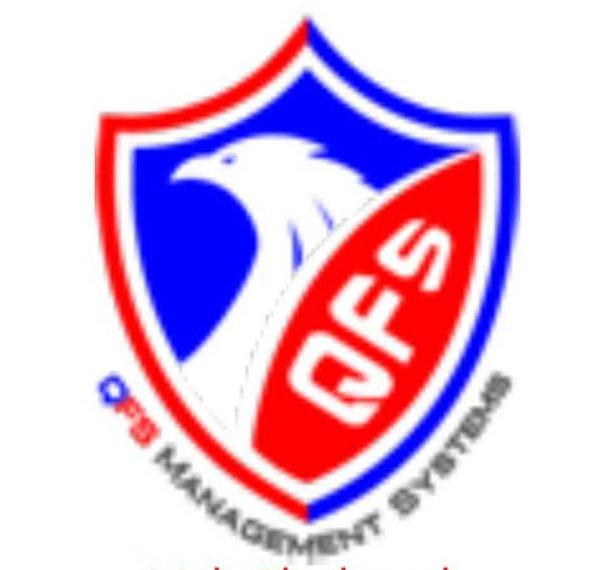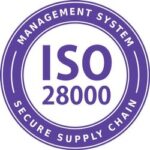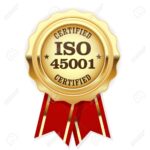One of the top certifying bodies in the world is QFS CERTS. By thoroughly assessing your system’s compliance with the defined rules, our broad pool of expert auditors seeks to give a hassle-free certification experience. We have extensive experience in attaining 100% client satisfaction, having worked with clients in all over countries.

Reviewing the application is the first step.
ETHIC Intelligence® conducts a remote preliminary analysis that defines an audit perimeter and/or selects an appropriate certification program; based on the elements you have provided in your application to ensure that organizations only engage in certification processes. It has a reasonable chance of success. This examination is intended to ensure that everything is in order.
Step 2: The Start-Up
We’ll have a call at least three weeks before the on-site audit to go over the audit strategy. We make sure the Lead Auditor has access to all of the general written information.

Step 3: Review of the Documents (Stage 1 audit)
The formal audit process begins with a thorough examination of all documented anti-bribery management practices. This evaluation, which can be done either off-site or on-site. It will allow the auditor to confirm whether the level of implementation of your management system substantiates your readiness for the next step of certification.
Step 4: Audit on-site (Stage 2)
The audit begins with a certification opening meeting to confirm the audit strategy and address any organizational concerns. On-site interviews, document reviews, and a closing meeting when auditors summarise their findings and answer questions follow. Throughout the audit, the auditor will keep you informed about any concerns that may arise.
Step 5: Completion of the Report and Certification
The auditor writes a report that describes and analyses the anti-bribery management system, which is then reviewed by the Certification Committee. The certification procedure’s results and findings are subsequently conveyed to the organization.
Step 6: Audit and Monitoring of Surveillance
Every year during the three-year certification procedure, a surveillance audit is conducted. These are on-site audits that are not always full system audits because they are shorter than the original audit. They do, however, contain enough features to give us confidence that your system will continue to meet the management system’s needs.
Re-certification is the seventh step.
A certificate can be renewed after three years. A new certification cycle is required, which includes a re-certification audit and two surveillance audits.


